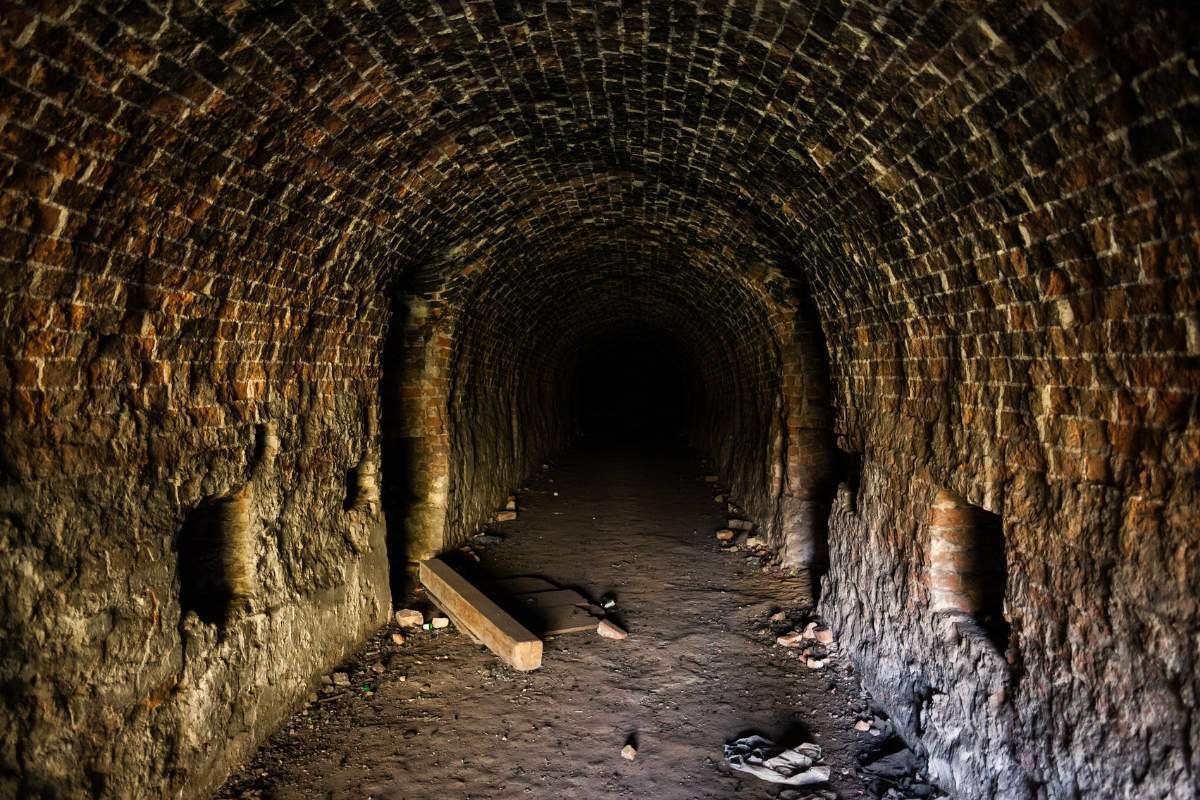As the leaves start to change color and the air gets cooler, it’s time to think about your home’s heating and cooling system. Getting your HVAC ready for fall isn’t just about comfort – it’s also about saving money and energy. This guide will walk you through the steps to prepare your system for the changing seasons, helping you stay cozy and efficient all autumn long.
Why Prepare Your HVAC for Fall?
Before diving into the how-to, let’s talk about why it matters. A well-maintained HVAC system runs more efficiently, which means lower energy bills and a smaller carbon footprint. It also helps prevent unexpected breakdowns when you need heat the most. Plus, taking care of your system now can extend its life, saving you money in the long run.
1. Furnace Repair
Sometimes your furnace might need a quick fix. Here are some simple repairs you can try:
- Relight the pilot light if it’s out.
- Replace a clogged air filter.
- Clean a dirty flame sensor with fine sandpaper.
- Reset a tripped circuit breaker.
- Check for a worn blower belt if you hear squealing.
Remember, these are just basic fixes. For complex issues or if you’re unsure, call expert furnace repair professionals. Regular maintenance can prevent many common furnace problems, saving you time and money in the long run.
2. Clean or Replace Air Filters

Think of air filters as the lungs of your HVAC system. When they’re clogged, your system has to work harder, using more energy and potentially wearing out faster. Here’s what to do:
- Locate your air filters – they’re usually in return air grilles or in the HVAC unit itself.
- Check if they’re washable or disposable.
- For washable filters, give them a good rinse and let them dry completely before putting them back.
- For disposable filters, simply replace them with new ones.
How often should you do this? For most homes, every one to three months is a good rule of thumb. But if you have pets or allergies, you might want to do it more often.
3. Inspect and Clean Vents and Ducts
Dust and debris can build up in your vents and ducts over time, reducing airflow and potentially spreading allergens around your home. Here’s how to tackle this:
- Remove vent covers and wipe them down with a damp cloth.
- Use a vacuum with a long attachment to clean as far into the ducts as you can reach.
- If you spot mold or notice a musty smell, it’s time to call in the pros for a thorough duct cleaning.
Remember, clean ducts mean better indoor air quality and a more efficient system.
4. Check Your Thermostat

Your thermostat is the brain of your HVAC system. Make sure it’s working right:
- Test your system by setting the thermostat a few degrees below room temperature and see if it kicks on.
- If you have an older model, consider upgrading to a programmable or smart thermostat. These can help you save energy by automatically adjusting temperatures based on your schedule.
- For those with programmable thermostats, now’s a good time to update your settings for fall weather patterns.
Proper thermostat use can lead to significant energy savings over time.
5. Seal Air Leaks
Tiny gaps around windows and doors can let warm air escape and cold fresh air creep in. This makes your HVAC systems work overtime. Here’s what you can do:
- Check for drafts around windows and doors.
- Apply weatherstripping or caulk to seal any gaps you find.
- Don’t forget about other potential leak spots, like electrical outlets on exterior walls.
Sealing leaks is a simple way to boost your home’s energy efficiency and keep your HVAC units from working too hard.
6. Reverse Ceiling Fans
Did you know your ceiling fans can help distribute heat more evenly in the fall and winter? Here’s the trick:
- Look for a small switch on the base of your ceiling fan.
- Flip it to reverse the blade direction. In winter, blades should rotate clockwise.
- Run the fan at a low speed to gently push warm air down from the ceiling.
This simple step can help your heating system work more efficiently, potentially lowering your energy bills.
7. Schedule Professional Maintenance
While there’s a lot you can do yourself, some tasks are best left to the pros. An HVAC technician can:
- Check refrigerant levels
- Clean and adjust blower components
- Lubricate moving parts
- Inspect the heat exchanger for cracks
- Check gas connections and pressure
Scheduling a tune-up in the fall can help prevent mid-winter breakdowns and ensure your system is running at peak efficiency.
8. Test Your Heating System

Don’t wait for the first cold snap to find out your heating isn’t working. Test it now:
- Set your thermostat to ‘heat’ mode and raise the temperature a few degrees.
- Listen for any unusual noises as the system starts up.
- Feel the air coming from your vents to make sure it’s warm.
If anything seems off, it’s better to address it now rather than when you really need the heat.
9. Consider Upgrades
If your HVAC equipment is more than 10-15 years old, it might be time to think about replacing it. Newer models are much more energy-efficient, which can lead to significant savings on your energy bills. Some options to consider:
- High-efficiency furnaces
- Heat pumps for both heating and cooling
- Ductless mini-split systems for zoned heating and cooling
While the upfront cost can be high, the long-term savings and improved comfort can make it worthwhile.
Conclusion
Getting your HVAC units ready for fall doesn’t have to be complicated. By following these steps, you can ensure your home stays comfortable, and your energy bills stay manageable as the weather cools down. Taking care of your HVAC system now can save you headaches later and keep your home comfortable year-round. Stay warm and cozy this fall, knowing your HVAC system is prepared for whatever the season brings.


















